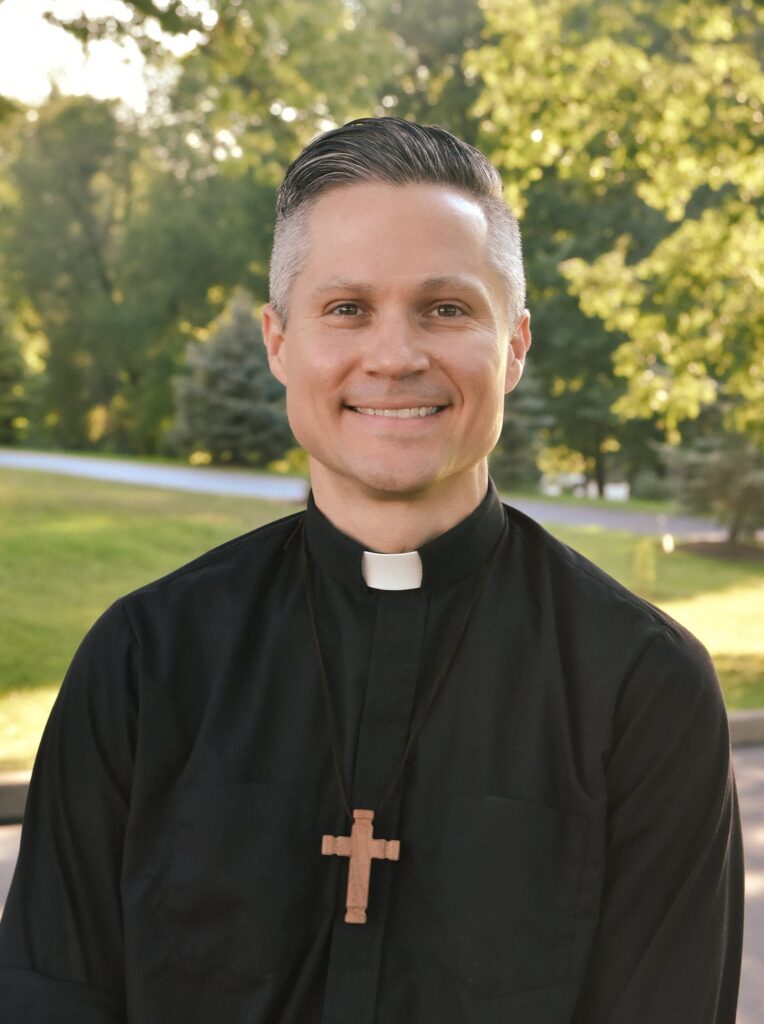
While the word “mission” often calls to mind service in foreign countries, one group has focused for nearly a century on rural areas of the U.S. to bring a Catholic presence to those parts of the country previously without one. Father R. Aaron Wessman, the first vicar general and director of formation for the Glenmary Home Missioners, spoke with OSV News’ Charlie Camosy about the history and mission of the organization as well as its recent work in assisting victims of Hurricane Helene.
Charlie Camosy: Until recently, I didn’t know all that much about Glenmary. Can you tell us something about your history?
Father R. Aaron Wessman: Glenmary was founded 85 years ago, in 1939, by Father William Howard Bishop, a Harvard then St. Mary’s (Seminary in Baltimore) trained Washingtonian whose parents were both North Carolinians. Part of the American agrarian movement, and one of the founders of the National Catholic Rural Life Association, he saw what the church was doing in the foreign missions and wanted the same for the areas of the U.S. where the Catholic Church was not present. By the time he set out to found a religious order, he had been a diocesan priest in a rural area of Maryland for 20 years.
He developed the concept of “No Priest Land USA” and drew on his experience as a summer job map salesman to develop a map of mission needs in the United States. During Father Bishop’s time, there were over 1,000 counties in the U.S. without a resident priest. Then he peddled the idea to bishops across the U.S. and found a sponsor in Cincinnati Archbishop John T. McNicholas.
He came to Cincinnati, began recruiting members, built a seminary and, over these past 85 years, Glenmary has developed Catholic missions in Appalachia and the South, where there were large areas where there had never been a permanent Catholic church or resident priest.
Over these years, 164 parishes were developed in 14 states. The missioners, who are priests, brothers, and lay, invited by the local bishop, typically come into a county in an unassuming way. They listen to local needs, develop partnerships with other Christians, evangelize the “unchurched,” and provide regular Catholic Masses in houses or storefronts until a community is formed. Eventually, these communities become self-supporting parishes in their dioceses. This usually occurs over a decade or so, then Glenmary turns the parish over to the diocese and moves on to a new mission area.
A small, but growing, society, Glenmary is currently active in Middle and East Tennessee, Eastern North Carolina, and Southwest Georgia.
Camosy: Can you say something about Our Lady of the Fields?
Father Wessman: Devotion to Our Lady of the Fields, a patroness of France, was consecrated by St. Denis, a third-century French bishop and martyr. Some say the French Jesuits, who were some of the first American missionaries, (and patrons of Glenmary) brought the devotion with them in the 16th century; others credit a later French Jesuit, in about 1840. Regardless, she appeared to farmers and is taken as a patroness of rural peoples and ministry. There was an alleged apparition at the site of modern-day Emmitsburg, Maryland.
Father William Howard Bishop, Glenmary’s founder, had a strong Marian devotion. He was pastor for many years at a parish about 60 miles from Emmitsburg. He chose Our Lady of the Fields as patroness for Glenmary. Glenmary has special prayers and chapels dedicated to her.
Camosy: How are things going today? Vocations seem to be up, is that right?
Father Wessman: Glenmary currently has 11 men in formation. Last spring, we had four final professions and two ordinations. We have a vibrant ministry, one rooted in community outreach. Glenmary is starting new parishes even as urban centers are consolidating or closing theirs. So, we are attractive to young men following their call to ministry and evangelization.
We’re getting a few candidates from the U.S., including Hispanics (many of our parishioners are Hispanic), but most of our recruits at this time are from Kenya and Uganda, places where the church is overflowing with potential priests and brothers. We regularly travel there to conduct retreats and meet with candidates who have discovered us through Glenmary.org or recommendations from seminary professors.
Camosy: Where is some of your most important work being done? I understand Glenmary has had a significant role to play in helping serve those devastated by the recent hurricanes.
Father Wessman: Our most important work is to bring the Gospel to people in rural areas and small towns in the counties we serve. That always involves serving the needs of the local community and providing opportunities for people to worship in the Catholic tradition. Sometimes that involves jumping into crisis situations.
Erwin, Tennessee, one of our missions in Appalachian Unicoi County, experienced devastating flooding when Hurricane Helene came as far north as Tennessee. One of our parishioners there is a nurse who was rescued by helicopter from the roof of the local hospital; three of our parishioners tragically died when the plastics factory they worked in was overrun by floodwaters.
Both of those stories have been in the national news. Our parish and the local Glenmarians were part of a community-wide relief effort. As national attention wanes, the parish will be involved in flood relief for many months to come.
– – –
Charlie Camosy is professor of medical humanities at the Creighton School of Medicine in Omaha, Nebraska, and moral theology fellow at St. Joseph Seminary in New York.


